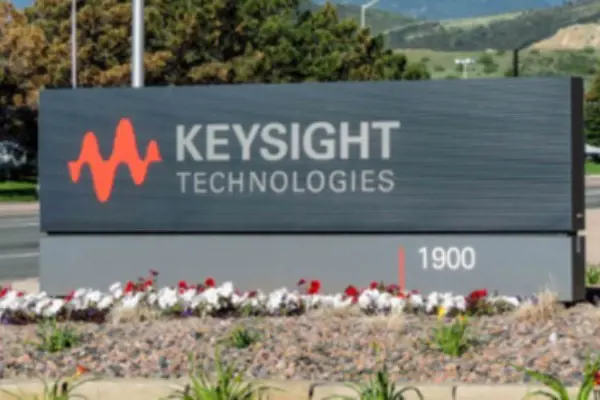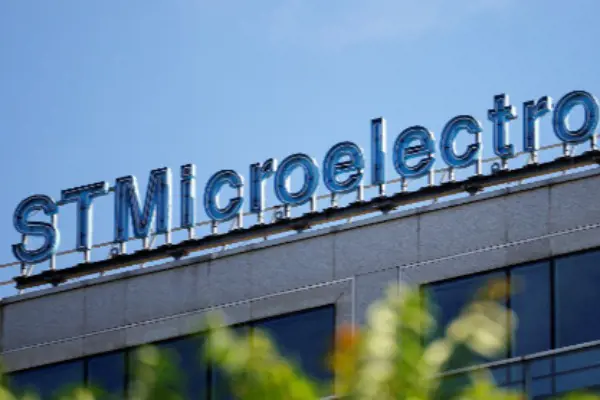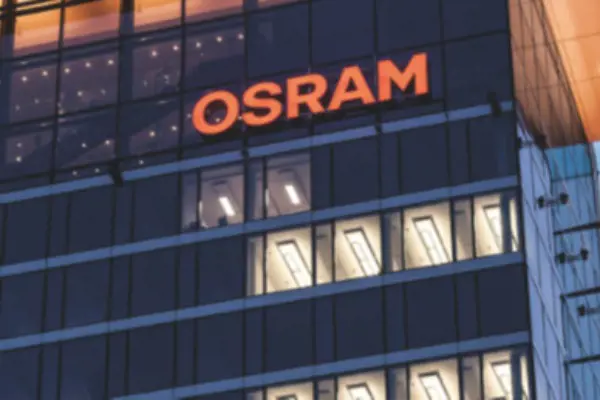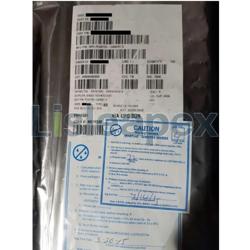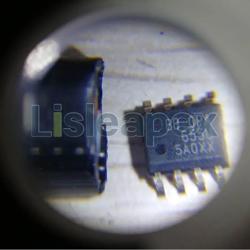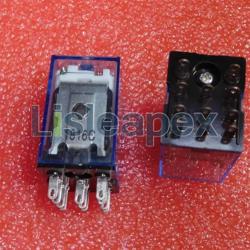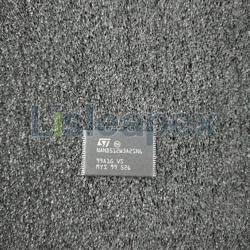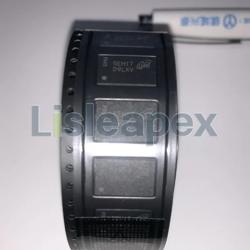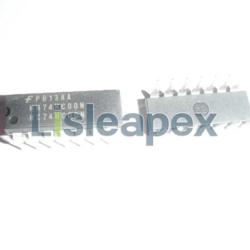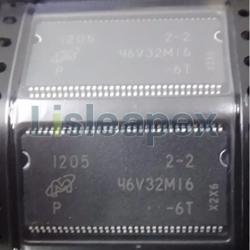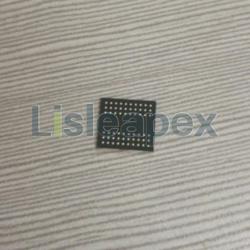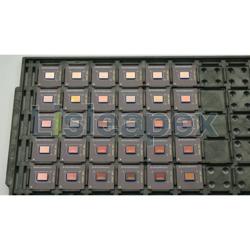Osram, with its continuous innovation in Hyper Red technology, continues to lead the development of the plant lighting field.
- The new generation of OSLON® Square Hyper Red LEDs achieves market-leading electrical-to-optical conversion efficiency of up to 78.8%.
- The stable and reliable in-house chip technology enables Q90 to achieve an ultra-long lifespan of up to 102,000 hours.
- Providing energy savings and increased efficiency for growers while ensuring crop yield.
Osram, the global leader in optical solutions (Swiss Securities Exchange stock code: AMS), today announced the launch of the next-generation product of its popular OSLON® Square Hyper Red plant lighting LED. Designed specifically to enhance plant growth rates and achieve the optimal system cost-performance ratio.
Osram continuously develops key innovative technologies based on customer needs, providing LED solutions with higher photosynthetic photon flux (PPF) efficiency than the previous generation Hyper Red 660nm LEDs. The new OSLON® Square Hyper Red LED is expected to be applicable to all plant lighting applications, including greenhouse top lighting, internal lighting, single-source lighting, and vertical farming applications.
The new Hyper Red LED (Product Code: GH CSSRM6.24) achieves an electrical-to-optical conversion efficiency of 78.8% at a junction temperature of 25°C, compared to 76.8% of the previous generation. It allows indoor growers to save energy costs for artificial lighting when cultivating various crops such as vegetables, flowers, and medicinal plants.
Additionally, the OSLON® Square LED product series, utilizing ceramic packaging, achieves high power, stability, and reliability, making it highly suitable for indoor agriculture under harsh conditions such as high humidity. Regarding lifespan, the new GH CSSRM6.24 LED product further improves the standard, ensuring a lifespan of up to 102,000 hours (Q90), providing assurance for a fruitful harvest. According to the ANSI/ESDA/JEDEC JS-001 standard (Human Body Model), the LED can withstand up to 8kV of electrostatic discharge.
Thomas Grebner, Marketing Manager of Osram, said, "Osram has innovated the red chip process, significantly improving the performance of plant lighting LED products. By using standard LED packaging, we enhance the energy efficiency ratio at the Hyper Red 660nm wavelength, which is crucial for growers. Our technology aims to simplify the process, allowing growers to easily upgrade their lighting equipment, reduce energy consumption costs, and ensure high crop yields."
Key technical indicators include:
• PPF at 700mA current is 5.96µmol/s, and at 350mA current is 3.02µmol/s.
• PPF efficiency at 700mA current is 4.32µmol/J, and at 350mA current is 4.62µmol/J.
• Peak wavelength is 660nm, and main wavelength is 640nm.
• Spectral bandwidth is 25nm. The ceramic package with silicone lens has an area of 3.0mm×3.0mm.
Osram has reliable in-house LED technology and holds a leading position in the plant lighting industry. Our LED technology covers various spectra such as Hyper Red 660nm, Deep Blue 450nm, Far Red 730nm, Red 640nm, and Plant White spectra, encompassing various applications encountered by indoor growers.
Additionally, we provide various sensor technologies to meet growers' needs for cultivation and environmental monitoring. The OSLON® Square GH CSSRM6.24 LED product is now available for orders and sample trials.

 Congratulations On Your Successful Submission
Congratulations On Your Successful Submission
 Submission Failure
Submission Failure
